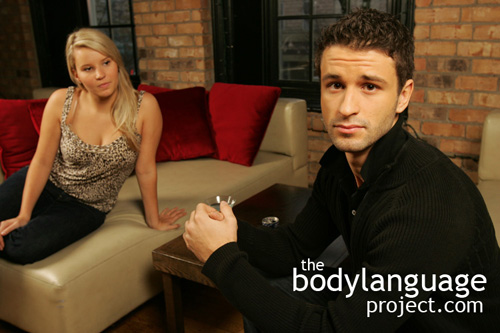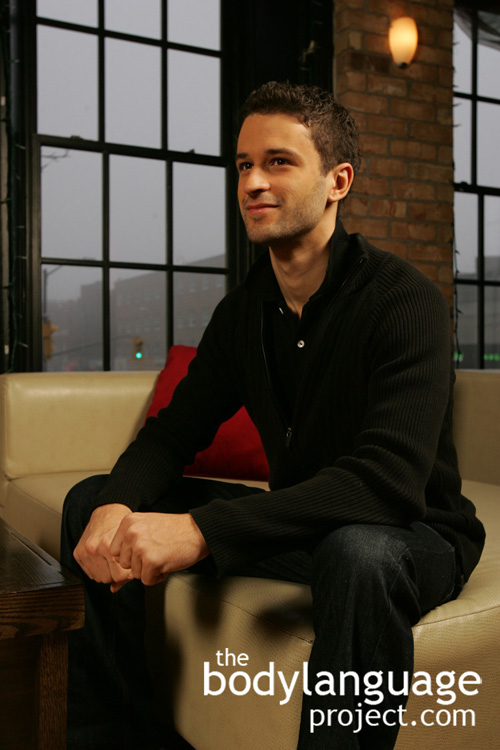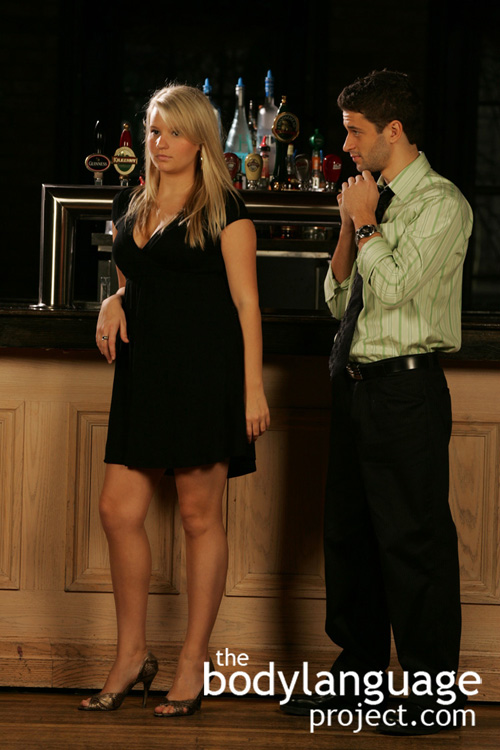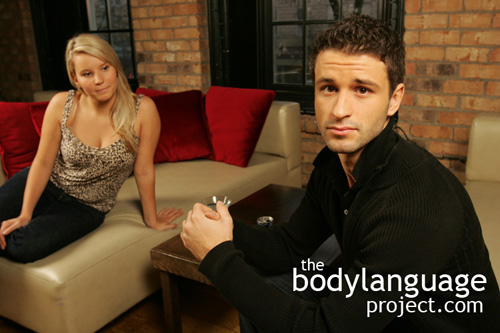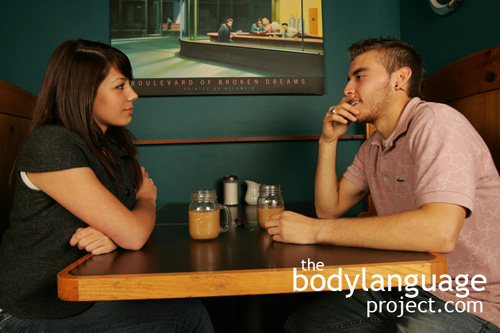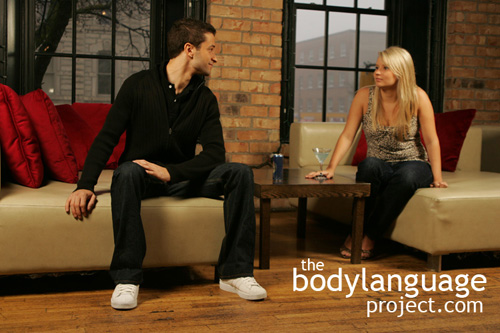Smiles mean a lot more than just happiness, such as fear and stress. However, smiles due tend to appear most from happiness, and as a result of genuine feelings of optimism. They also indicate confidence and hopefulness. We know that smiles are infectious, yet men hardly ever sport them. I suppose men’s lack of smiles has to do with the vast amount of testosterone that courses through their bodies, coupled with the fear of appearing subordinate to others, but men should not let that be a deterrent. If men walk through life with a big grin, people will notice and stop them, wondering what good news they hold, or what successes they have achieved.
Laughter and smiles, when done by men, show women that they have interesting and successful lives. Men can easily try a smile experiment to measure the exact value it has, and they’ll know they’re onto something when they receive smiles in return. While it is true that some smiles won’t be well received, be they ignored or returned with a grimace, it shouldn’t deter the smile experiment from continuing. The object isn’t to impress everyone, rather it is to plan seeds in the minds of others that you are friendly, open to conversation, and that good things happen to you, and that if they associate with you, these good things might benefit them too.
Even stone faced women can be broken by persistent smiling so long as it is done properly. When smiling, men should never face women straight on, rather they should smile at an angle. The straight on look can be construed as aggressive and confrontational. Men should always break smiles by looking down, not away, up or to the side. A downward look shows that you are prepared to submit and that you are not a threat. If eye contact is made, keep it brief, lasting less than three seconds and always add a small genuine smile with head cocked at forty-five degrees. Avoid head on stares, prolonged looks, or abnormal or persistent eye widening, as these will surely send the wrong message.
Even if women don’t respond immediately, it doesn’t mean that a future encounter won’t lead to positive things. In public we are habitually in displacement mode so most women initially see people as objects rather than people worthy of interaction. Men should understand that women find others, especially strange men, as potential threats to their safety. If, or rather when, because after all this is a numbers game, a man finds a willing participant, the sensation will be immediately exhilarating for both parties. However, smiling isn’t the end of the story, it’s the start. Smiling endlessly can become creepy so if invitations to conversation seems welcome, graduate to verbal dialogue and take things to the next level. If your experiment fails miserably, try adding a sharp nod or even a joyous “hi”, “hey”, or “hello.” A verbal connection or a more obvious nonverbal signal can serve to snap people more forcefully out of their public displacement.
Smiles are inexpensive so don’t be afraid to use them, but do keep in mind that the vast majority of people, especially in crowded urban areas, might ignore them totally. Remember though, that just because the cues are ignored does not mean that it is a personal rejection, since logically, these people have no sense whatever about the smiler, they don’t even know them! Remember too, like a lot of things in life, smiling-success is a numbers game.

